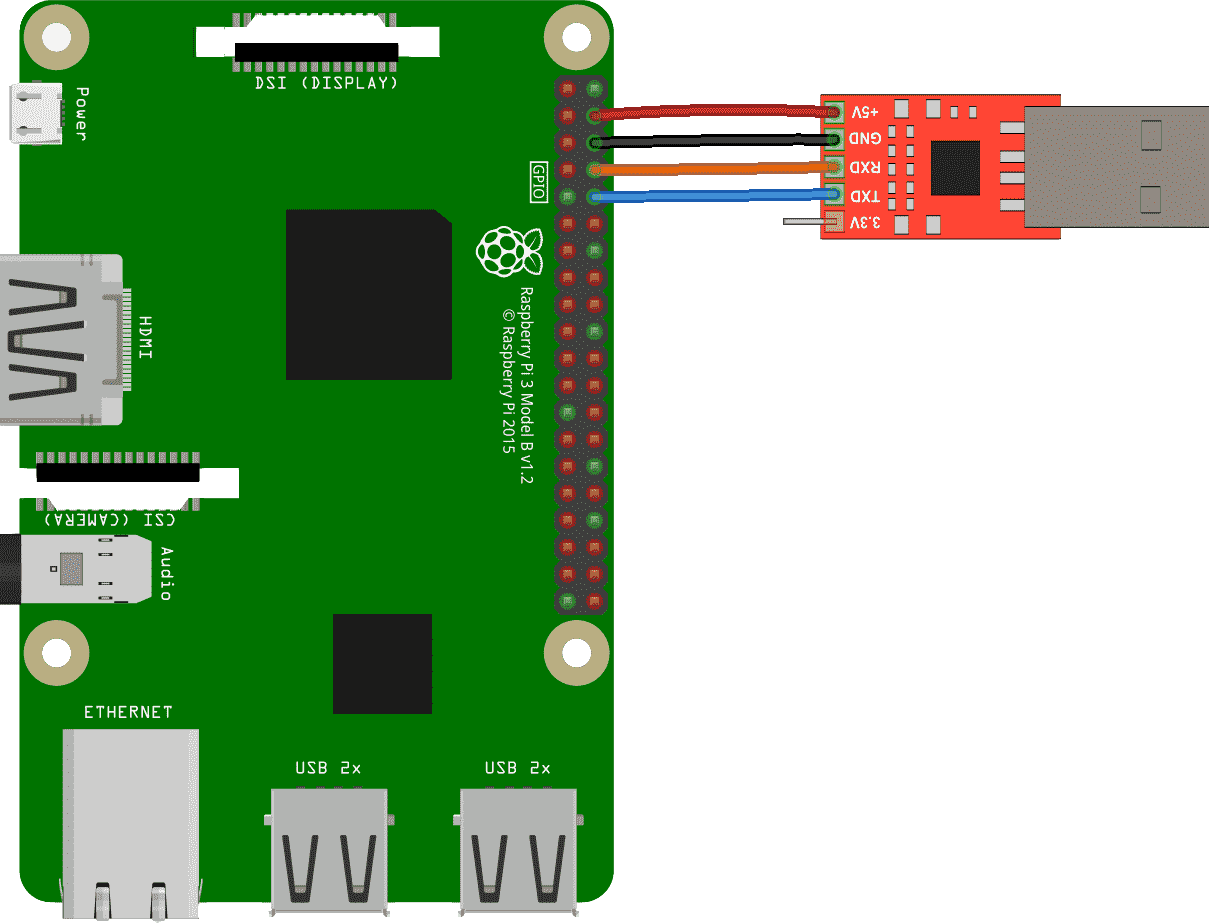mirror of
https://github.com/rcore-os/rCore.git
synced 2024-11-26 09:53:28 +04:00
3.4 KiB
3.4 KiB
环境配置
软件需求
-
Rust nightly 编译器
curl https://sh.rustup.rs -sSf | sh rustup component add rust-src -
Cargo tools: cargo-xbuild
cargo install cargo-xbuild -
QEMU >= 3.0.0
-
-
macOS: 从 homebrew 安装:
brew tap SergioBenitez/osxct brew install aarch64-none-elf -
Linux: 下载 aarch64-none-elf-linux-x64.tar.gz 并解压到任意目录。
-
硬件需求
- 1 块 Raspberry Pi 3 Model A+/B/B+
- 1 块 4GB 及以上的 microSD 卡与读卡器
- 1 个 CP2102 USB 转 TTL 模块
- 若干杜邦线
在模拟器中运行
-
构建并运行
git clone https://github.com/wangrunji0408/RustOS.git --recursive cd RustOS/kernel rustup override set nightly make run arch=aarch64 [board=raspi3] -
使用 GDB 调试
make debug arch=aarch64 -
反汇编
make asm arch=aarch64 -
更多 Makefile 选项
mode=debug|release:指定debug还是release模式。默认debug。graphic=on|off:是否启用图形输出。默认on。smp=1|2|3|4|...:指定 SMP 的核数。目前 AArch64 的 SMP 未实现,该选项无效。raspi3_timer=system|generic:使用 Raspberry Pi 的 System Timer 还是 Generic Timer。默认generic,且在 QEMU 中只能使用 Generic Timer。prefix=<prefix>:指定 AArch64 工具链前缀。默认aarch64-none-elf-,某些 Linux 中的工具链前缀为aarch64-linux-gnu-。LOG=off|error|warn|info|debug|trace:指定输出日志的级别。默认warn。SFSIMG=<sfsimg>:用户程序 SFS 镜像路径。默认../user/img/ucore-aarch64.img,即用 C 语言编写的直接从原 uCore 中移植过来的用户程序。如欲使用 Rust 编写的用户程序可将其设为../user/build/user-aarch64.img。
在真机上运行
-
往 SD 卡中写入 Raspbian 原版系统镜像:直接看 https://www.raspberrypi.org/documentation/installation/installing-images。然后需要将原版的
config.txt替换为 tools/raspi-firmware/config.txt。 -
写入 RustOS 内核镜像:
make install arch=aarch64 -
连接 Raspberry Pi、CP2102 模块与 PC:
注意最好使用 Raspberry Pi 自带的电源适配器供电,而不要用 CP2102 模块的 +5V 供电(即不用连上图中的红线)。
-
使用 screen 与串口进行通信:
screen /dev/<your-path> 115200在 macOS 中 CP2102 模块的设备路径一般为
/dev/tty.SLAB_USBtoUART,在 Linux 中一般为/dev/ttyUSB0。 -
插入 SD 卡,上电,看终端的输出结果。如果连接了 Raspberry Pi 的 HDMI 接口与显示器,还能看到显示器中有输出。
实用技巧
- 从 QEMU 中退出:按
<ctrl-a> c,再输入q。 - 从 screen 中退出:按
<ctrl-a> k,再输入y。
